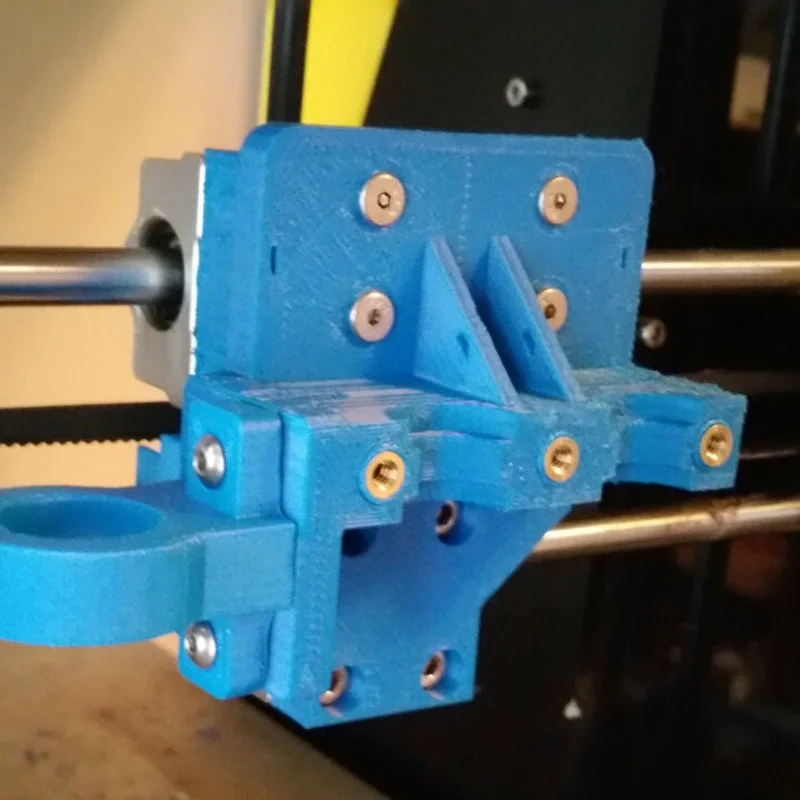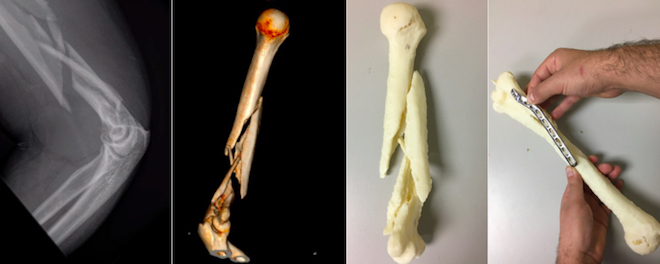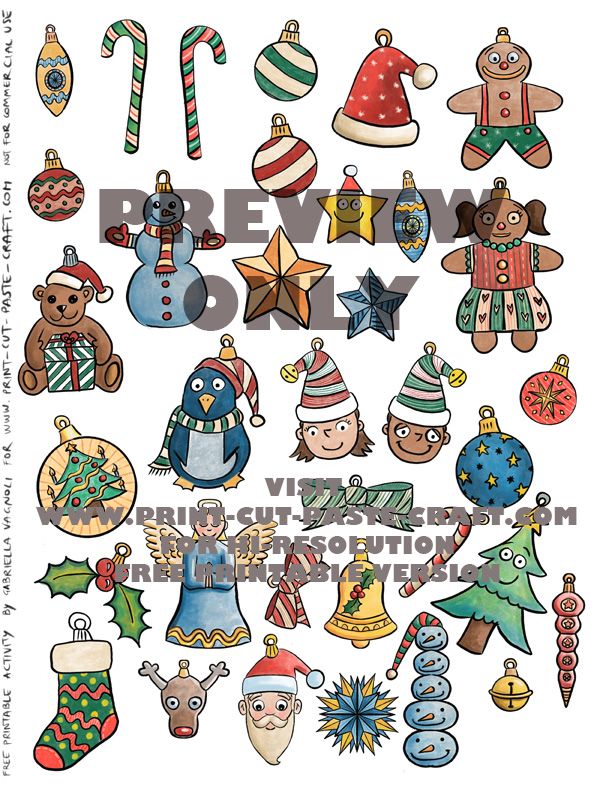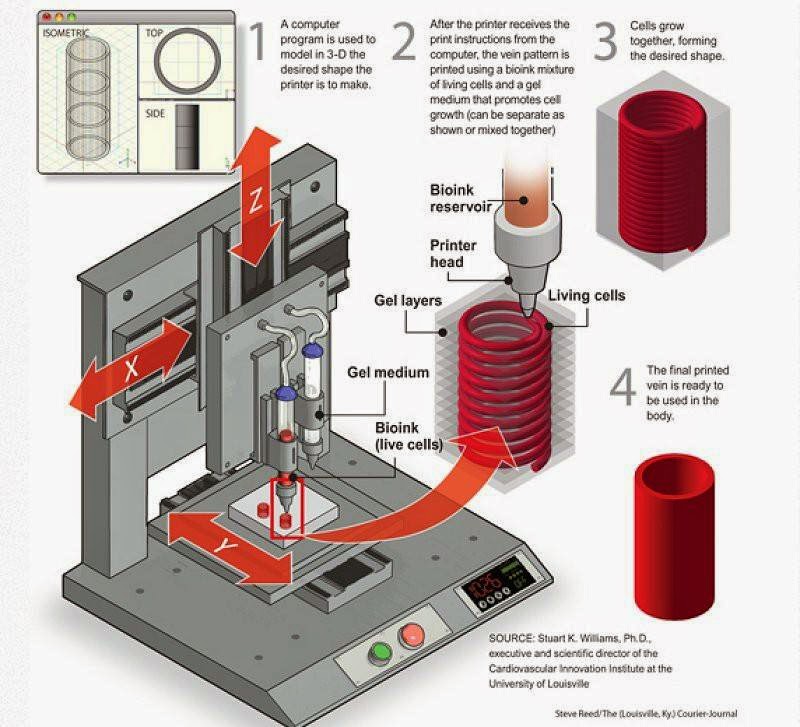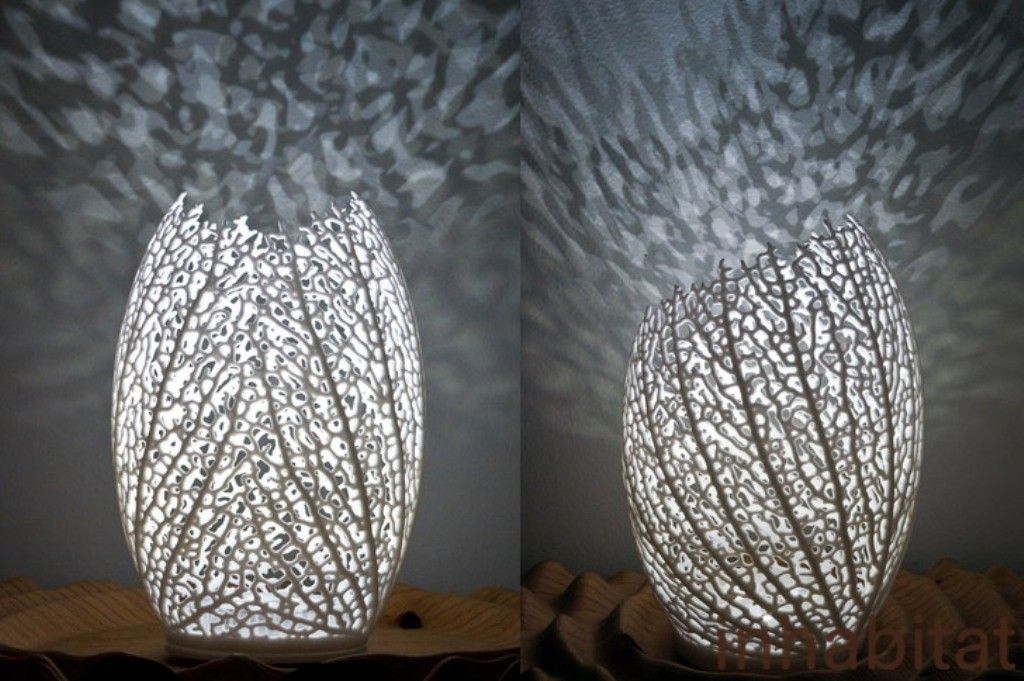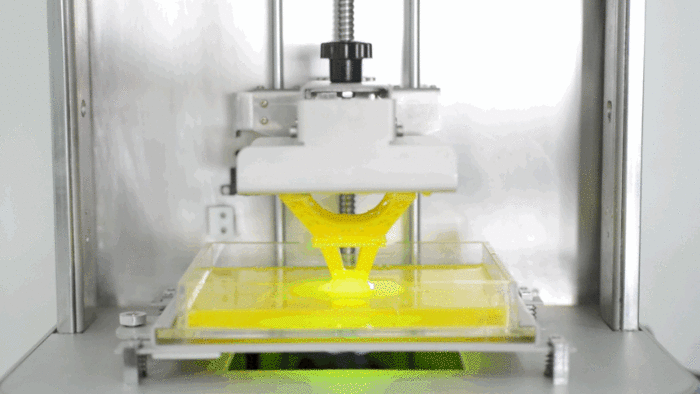3D print metal jewelry
Why I 3D Print My Metal Jewelry
One of the perks of writing about 3D printing is having a finger on the pulse of what’s going on in the AM world, and also of what’s possible. I often rave about how “complexity is free” in 3D printing, and I don’t say that just because they’re buzzwords. As I witnessed the increasing accessibility of high-quality 3D printing, it became apparent that it was accessible to even me, a disabled person with little capital. So I put my money where my mouth is.
I’d been printing some of my own artistic pieces for a few years on my own FDM printers, but in general, the limited detail and the constraint of working with only plastics was not conducive to my specific designs. Recently, however, several companies began offering metal 3D printing at prices that I could afford to experiment with. I designed a piece that could not be fabricated by machining to test the feasibility of printing my more complex designs. Having a fascination with ravens, I came up with Raven and had it printed in copper and steel.
Creativity, Untethered
With the successful printing of such a difficult geometry, I got to work on more designs, most of which would be nearly impossible to make without 3D printing. Both natural, organic shapes as well as mechanical elements can be found in my work, and I couldn’t do that without the recent advancements in metal 3D printing. Scarab mixes architectural stylings with an insect.
Honey highlights the geometry found in beehives.
Scepter is my version of a wizard’s staff that harnesses the power of a mystical turbine.
And Turbine is literally just a turbine engine because I’m apparently obsessed with them.
Rapid Results From Spontaneous Inspiration
My most popular piece is also the most meaningful one. As I watched one of my favorite Youtubers Kyle Hill’s video called Autism is my Superpower, I learned a lot about how the lives of people who are on the spectrum can be improved by accommodating their specific, individual needs and sensitivities. In those few minutes of realization, I felt a creative spark that I wanted to direct toward bringing awareness and support to this cause. I strove to design a piece to represent the strength that such individuals can wield when their needs are acknowledged and respected, and to serve as a reminder that we’re all fragile behind the shields that we put up.
In those few minutes of realization, I felt a creative spark that I wanted to direct toward bringing awareness and support to this cause. I strove to design a piece to represent the strength that such individuals can wield when their needs are acknowledged and respected, and to serve as a reminder that we’re all fragile behind the shields that we put up.
Shield of Separation is the result of that effort; it’s my most complex piece as of yet and $5 is donated to The Asperger/Autism Network for every necklace sold. And the surprising part is that only two months had passed from the moment I watched the video to the moment that Kyle kindly promoted the piece on his channel. That includes all of my design time, waiting to get through the print queue, printing, casting (the semi-precious metals are printed in a casting wax and then cast), polishing, shipping to me, my packaging, and then shipping to him. Only 3D printing could so quickly produce something this complex in three different metals.
We humans have a strong urge to seek instant gratification, and I can’t say that if I knew it was going to take half a year to make this product that I would have followed through. Knowing that the prototyping stage would be quick and inexpensive helped me push through that creative barrier of doubt that plagues so many of us. In other words, a startup will give up when the payoff is way off.
With 3D printing, when I’m struck with a bolt of creativity, I can model it and send it to the printers knowing that I’ll get the physical product in just a few weeks when it’s still relevant, not months later when I’ve forgotten half of why I designed the piece in the first place. There’s a confidence that comes with that knowledge, knowing that when I feel something, I can express it, that freshness will never be an issue, assuming I myself don’t get too stale (highly likely).
I wouldn’t have been able to make the donation that I did to the AANE without 3D printing because I had no way of expressing myself in a way that made people want to open their wallets, which is an important step in generating money for causes as it turns out. If you’d like to support this particular cause, use promo code SPECTRUMLOVE for 10% off.
If you’d like to support this particular cause, use promo code SPECTRUMLOVE for 10% off.
And if you’d like to see more weird, turbine-based jewelry that nobody asked for, keep an eye on my store.
Why you should start thinking about it?
3D Learning Hub
See all categories
Contents:
- Introduction
- Top 5 advantages of 3D printing your jewelry
- How to start producing 3D printed jewelry?
- Get fully on board with 3D printing
Introduction
Top 5 advantages of 3D printing your jewelry
There are many reasons to start producing 3D printed jewelry.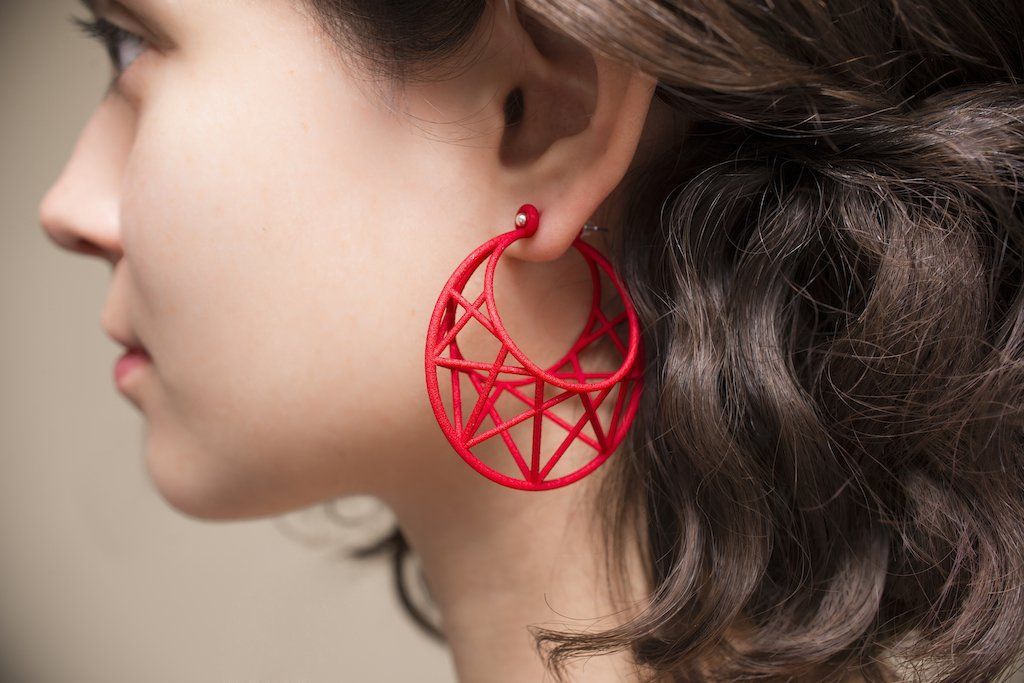 What benefits can Additive Manufacturing bring to your business? What can this technology do that others can’t? Let’s find out!
What benefits can Additive Manufacturing bring to your business? What can this technology do that others can’t? Let’s find out!
#1 Unimagined freedom of design
We need to start with the fact that 3D printing works only thanks to 3D modeling. Without a 3D model, you can’t produce anything. And here comes the new design freedom you can reach thanks to 3D modeling. Basically, anything you can imagine can be designed on a computer and then brought to life, layer by layer.
Traditional technologies would struggle or even fail to produce complex geometries and great details on such a small scale, such as earrings. 3D printing gives you the freedom to design abstract shapes or interlocking structures. It can even give you the option to close one object inside another and produce them in parallel.
#2 Don’t worry about the weight
Some jewelry is problematic, as it is heavy, which makes it uncomfortable to wear and not practical. You can forget about that issue if you decide to use Additive Manufacturing technologies. There are many ways to reduce the weight of your 3D printed jewelry.
You can forget about that issue if you decide to use Additive Manufacturing technologies. There are many ways to reduce the weight of your 3D printed jewelry.
First of all, some materials are pretty lightweight as it is. Technologies such as SLS or Jet Fusion works with plastic powder, which already makes them much lighter than if you were using traditional manufacturing technologies.
Your 3D printed jewelry can also be filled with lattices. Bigger designs such as decorative ornaments, brooches, or necklaces don’t have to be solid inside. An interesting solution to lightweight 3D printed jewelry is lattice structures.
Last but not least, your parts can be hollowed. There are some 3D printing materials that may not allow it, but they’re also plenty of options to choose from where hollowing is allowed and even advised. Learn everything about hollowing with our guide.
#3 Reach a new level of quality
You might be one of those people who see 3D printing as a low-quality FDM 3D printer, where the layers are very visible.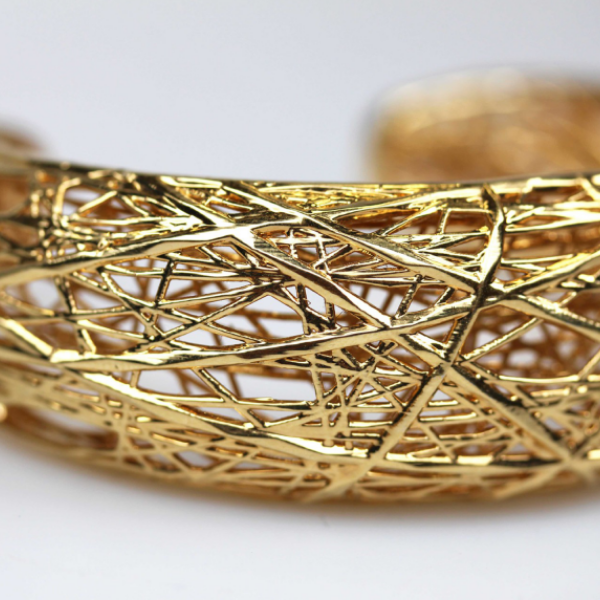 That’s old news. Professional 3D printing brings to the stage HD quality for your 3D printed jewelry.
That’s old news. Professional 3D printing brings to the stage HD quality for your 3D printed jewelry.
Depending on the technology, Additive Manufacturing is capable of reaching layer thickness as little as 25 µm, which is 0.025 mm. For comparison, average hair thickness is 100 µm. New production techniques allow you to reach the ultimate quality, also at a low cost.
#4 Innovative 3D materials
Metal 3D printing can also be beneficial for you, you can produce your designs in precious metals such as Brass, Bronze, or Silver with different plating options. You can learn more about Metal 3D printing and Wax Casting with our free ultimate guide.
However, as we mentioned above, you can use even plastic for your 3D printed jewelry. Don’t limit yourself only to metals, there can be also other, innovative materials. One of our clients 3D printed bag ornaments for her collection with plastic technology SLS 3D printing, which then were finished in different colors.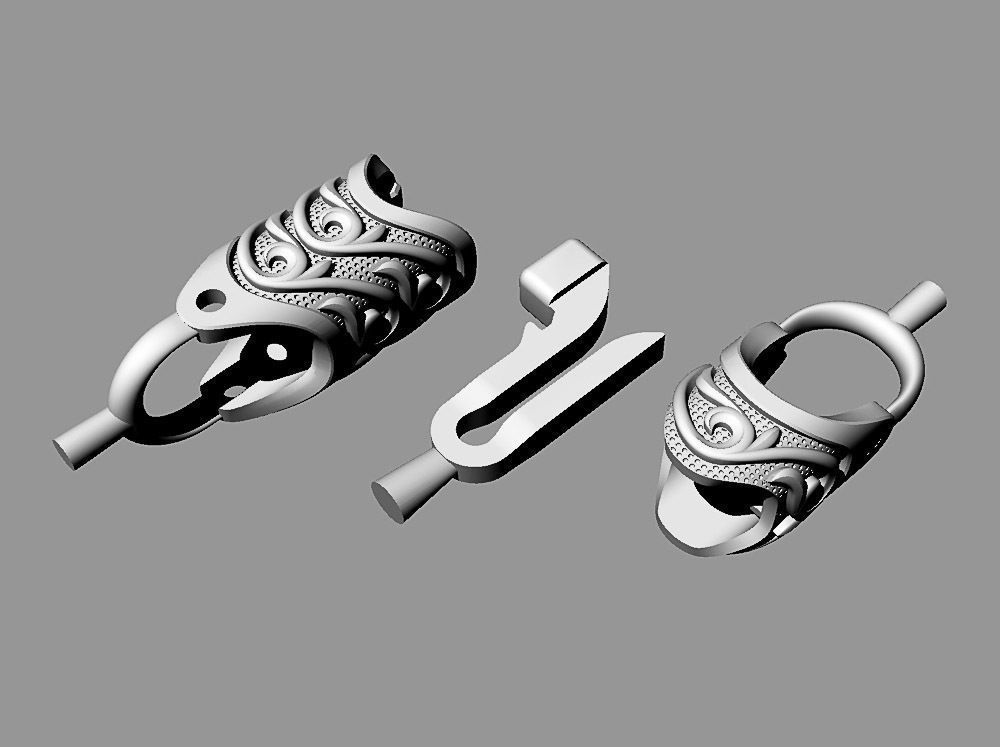
Also worth mentioning are resins. Both plastic and resin for 3D printing are strong materials, robust and resistant to scratching. For instance, VeroWhite resin can give you 3D printed jewelry with a very smooth surface thanks to UV curing and is available in 12 colors. Other resins, such as EPU, are flexible and can be recommended for bracelets or watch straps.
#5 Manufacture 3D printed jewelry molds
If you decide Additive Manufacturing is not the right technology to produce your jewelry, it can still be a great asset to your design process. An interesting application of 3D printing is molds. Your production process can be improved thanks to 3D printing as it can provide you with a perfect master model to later be used for mold making.
Creating molds with the help of 3D printing is quite popular, read more about the advantages coming from 3D printed molds.
How to start producing 3D printed jewelry?
The first step is 3D modeling.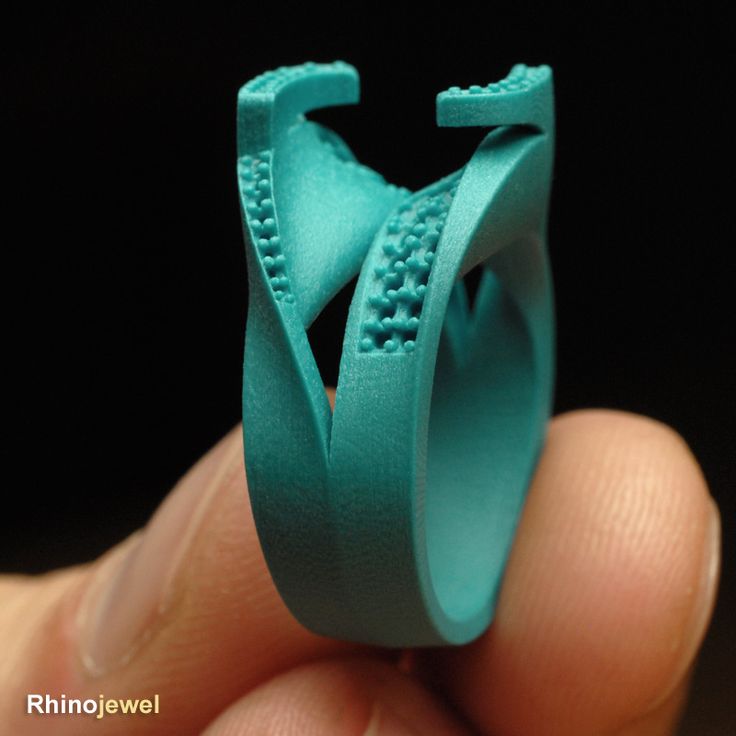 It can be easier than you think as there are special software dedicated just for jewelry design. Choose the best one for your project with our top 11 of the best jewelry design software. However, if you would like to start by taking baby steps in the virtual world, check out the easiest 3D modeling software of 2019.
It can be easier than you think as there are special software dedicated just for jewelry design. Choose the best one for your project with our top 11 of the best jewelry design software. However, if you would like to start by taking baby steps in the virtual world, check out the easiest 3D modeling software of 2019.
It might so happen that you’re very serious about starting your own jewelry business. There are numerous benefits of that and to make it easier for you, we prepared 5 easy steps to start a jewelry business.
Get inspired with 3D printed jewelry projects
You can already find pretty impressive 3D printed jewelry projects, such as Nylon 3D printed bracelets, luxury rings, or award-winning flexible clutch with our blog post. But we keep an eye on the latest projects, as there are new ones popping up all the time, and they are truly inspiring.
Nervous System
https://n-e-r-v-o-u-s.com/shop/product.php?code=213
Collections of rings, bracelets and matching necklaces, Nervous System designs beautiful, nature-inspired structures, which would be impossible to achieve without 3D technologies.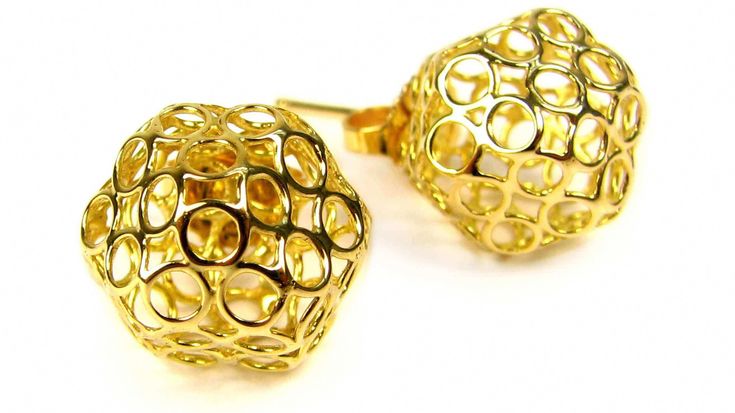 They use computer simulations of plants, such as leaf venation, to create those breathtaking designs. Maybe your inspiration for 3D printed jewelry is right next to you? Take a curious look!
They use computer simulations of plants, such as leaf venation, to create those breathtaking designs. Maybe your inspiration for 3D printed jewelry is right next to you? Take a curious look!
RADIAN
Nefertiti Ring | Brass | Gold
On the other hand, those creators mastered the precision of geometry. RADIAN says that ‘’working with 3D printing as production method opens up a new world of shapes and aesthetics. It allows RADIAN to use innovative materials and create unique and artistic statement pieces’’. Their 3D printed jewelry is minimalistic and one could say simple, but how magnetizing is this simplicity of straight lines. Inspired by graphics and architecture, RADIAN sends a clear message about their mission.
HI Jewellery
https://www.hijewellery.nz/
HI Jewellery is short for Human Interface Jewelry. Ameria Diggle is the founder of the company, and, as you can guess, User Interface designer.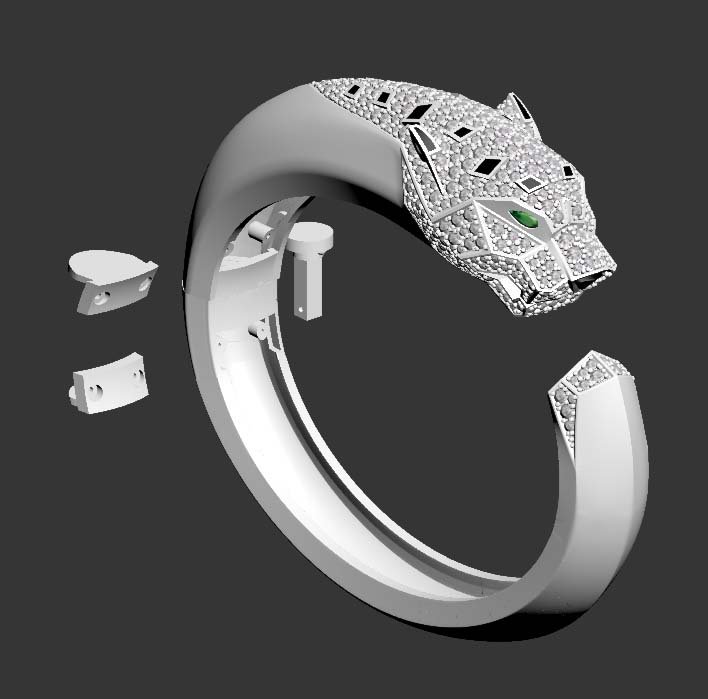 She developed her collection of 3D printed jewelry because as she says ‘’Jewelry is something quite personal. It can reflect your style and personality, or it can be sentimental and hold a lot of meaning. People always have stories about the things they wear”. And therefore, she wanted to celebrate women working in the tech industry, to give them something special and personalized. She commented on her development that ‘It’s about giving women a symbol, like a badge of honor that says they belong in the tech industry, and there’s something made for them because they work in tech”.
She developed her collection of 3D printed jewelry because as she says ‘’Jewelry is something quite personal. It can reflect your style and personality, or it can be sentimental and hold a lot of meaning. People always have stories about the things they wear”. And therefore, she wanted to celebrate women working in the tech industry, to give them something special and personalized. She commented on her development that ‘It’s about giving women a symbol, like a badge of honor that says they belong in the tech industry, and there’s something made for them because they work in tech”.
Get fully on board with 3D printing
As you can see, 3D printed jewelry is happening now and there is nothing to stop you from making the most of 3D technologies. Get inspired by 3D printed bracelets and other decorative elements to get the idea of what you can achieve with Additive Manufacturing. Start 3D modeling jewelry with one of the dedicated software and discover absolutely new design freedom and level of details impossible to produce with traditional manufacturing methods.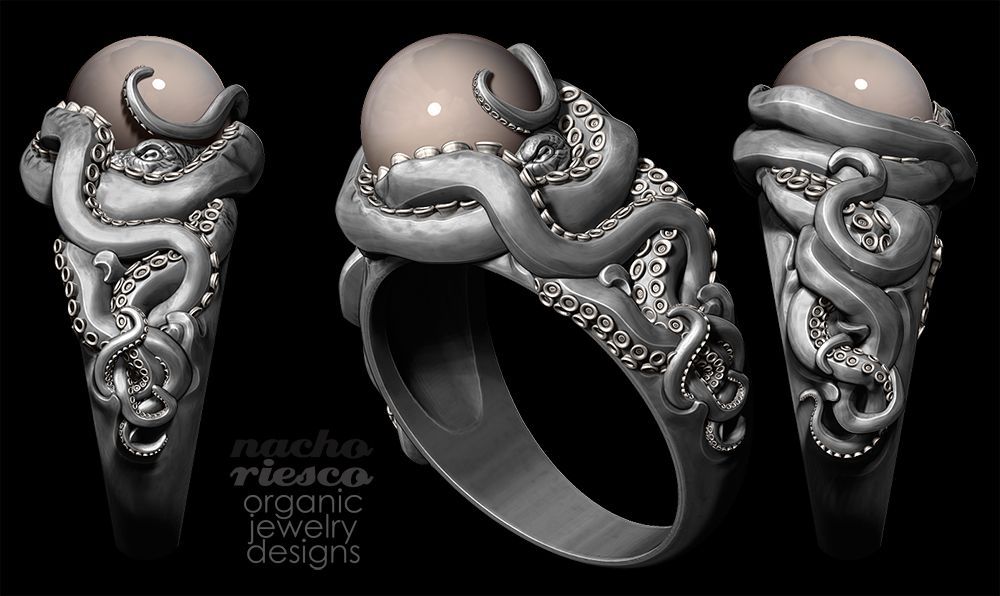
Once you have your models, don’t worry about investing in expensive 3D printers. You can use an online 3D printing service for production. It is as easy as uploading your file to our website and you will get an instant quote! We can also provide you with any design advice you might need, just contact us.
Stay updated with the latest 3D printing news! Subscribe to our newsletter and follow us on Facebook!
Can you 3D print jewelry?
What is 3D printed jewelry made of?
Can you 3D print gold jewelry?
Can you wear 3D printed jewelry?
Can I make metal jewelry with a 3D printer?
Related Topics
- Return to Top
Get the latest 3D printing news delivered right to your inbox
Subscribe to our weekly newsletter to hear about the latest 3D printing technologies, applications, materials, and software.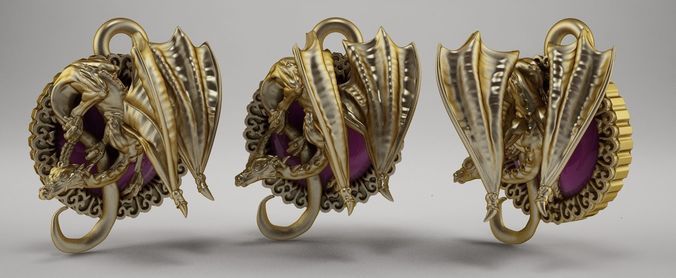
Choice of technology and 3D printer for jewelry making, pros and cons
Currently, there are many new technologies that are designed to simplify production in various industries. Progress does not stand still and, despite some opponents, 3D printing has its own niche in the production of jewelry.
3D printing can speed up and reduce the cost of jewelry production due to the low cost of consumables. With 3D printers, jewelers have the ability to quickly change the design of a product and make prototypes at least several times a day. For many jewelry industries, 3D printing is becoming a good alternative or addition to milling machines and other equipment. nine0003
Until now, some believe that handmade is a sign of craftsmanship, especially when it comes to creative work, and models made using 3D modeling and printing are amateurish. But many people forget that behind the computer is the same person who not only mechanically presses the buttons, but also puts his soul into his creation.

Benefits of 3D printing
In order to understand how justified the use of a 3D printer is, you need to know how jewelry is made. This is very painstaking work. No wonder the expression "jewelry work" appeared, denoting a very delicate and complex work. nine0003
Any decoration begins with a sketch. Usually several sketches are made in order to accurately determine the design and location of the inserts. Not only stones are used as decor, it can be elements made of wood, bone, precious metals, it all depends on the designer's imagination.
At the next stage, the product is drawn in a 3D editor. This allows not only to visualize the future product, but also to correct some errors and inaccuracies made at the design stage. nine0003
Ring model
Some craftsmen still carve "stencils" by hand. Such work requires certain skills and perseverance. Usually this is how products are made that will be cast in a single copy.
A finished 3D model can have several ways to be implemented in a physical version - this is milling or 3D printing.
Stencil milling
Currently, 3D printing is not much inferior in accuracy to a milling machine and often has a significant advantage in speed, despite the fact that after printing it is still necessary to separate the supports and clean up the points of contact with the model. Once a physical model has been obtained, it can be cast immediately if the material used is wax or a burnable polymer.
If it is necessary to cast a large batch of products, then a mold is made from the master model made with the help of special rubber for subsequent wax casting. There are many types of rubber that vary in hardness and curing temperature. Rubber is selected depending on the material from which the master model is made. nine0003
For pouring molds, a special machine is usually used - an injector.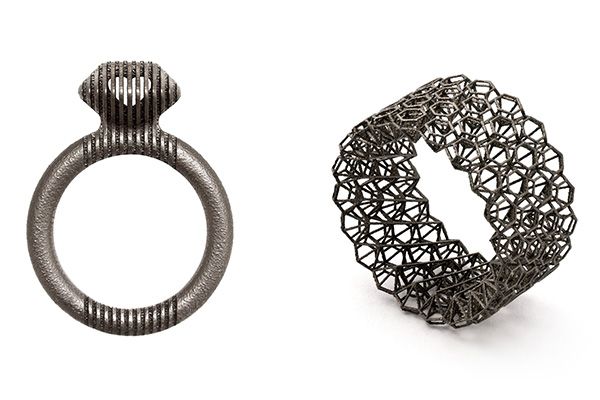 In some models, you can not only heat the wax, but also vacuum it or leave it under pressure. This helps to reduce the number and size of air bubbles for better pouring of the rubber mold.
In some models, you can not only heat the wax, but also vacuum it or leave it under pressure. This helps to reduce the number and size of air bubbles for better pouring of the rubber mold.
In home workshops, silicone is used instead of special rubber. After all, a special machine is needed to vulcanize rubber. But rubber molds are too soft and short-lived for making a large batch of stencils. nine0003
After making the required number of stencils, they are collected in "Christmas trees". "Elks" are waxes soldered to a wax rod. To save space, the distance between them is very small and they resemble fluffy Christmas trees, hence the name. The finished Christmas tree is weighed to calculate the required amount of metal. In some places, stones are immediately inserted into the stencils, unless another mounting option is provided.
nine0003
Stencil Christmas trees
Ready "Christmas trees" are placed in a special cylindrical "cassette" without a bottom, which is called a flask, and filled with a gypsum-based molding mass. The flask with uncured gypsum must be evacuated to get rid of unnecessary air bubbles that can lead to defects on the surface of the finished casting.
The flask with uncured gypsum must be evacuated to get rid of unnecessary air bubbles that can lead to defects on the surface of the finished casting.
After hardening, the gypsum flask is sent to a muffle furnace to melt the wax. nine0003
The calcination mode is selected depending on the material of the wax. For wax or burnout polymer, different modes are needed in order for the material to be completely removed from the gypsum!!!!!!
When all the wax is melted, cavities are formed inside the gypsum, repeating the contours of the wax. Metal is poured into these voids. After casting, the flask is cooled and the gypsum mold mass is washed out under the pressure of water. The result is a metal Christmas tree. nine0003
Herringbone after casting
Finished castings are cut from the Christmas tree and washed, polished, if necessary, blackened by the master until the desired appearance is achieved.
3D printers for jewelers
There are several 3D printing technologies that may be suitable for the needs of jewelers. Each has its pros and cons. Some 3D printers are ideal for a large workshop, and some are ideal for a small workshop. nine0003
SLA
SLA or stereolithography is based on the principle of layer-by-layer solidification of a photopolymer resin under the action of a UV beam. The UV beam is focused by means of mirrors on the surface of the resin and illuminates the model in layers.
How the SLA Printer Works
SLA 3D printers were the first to be noticed by jewelers. SLA devices are compact, while they have high printing accuracy. nine0003
Pros and cons
pros
Minuses
Print examples
From prototype to finished product
Cast and printed ring
Rating of printers.

Leadership among the production of SLA 3D printers is held by Formlabs.
Formlabs Form 3
Formlabs Form 3
Specifications:
XY resolution: 25 µm
Laser spot size: 85 µm
Laser power: One 250mW laser
Working area size: 14.5×14.5×18.5cm
Layer thickness: 25 – 300 µm
A professional 3D printer that is popular with professional jewelers and dentists. nine0003
Formlabs Form 3L
Formlabs Form 3L
Specifications:
XY resolution: 25 µm
Laser spot size: 85 µm
Laser power: One 250mW laser
Working area size: 33.5×20×30cm
Layer thickness: 25 – 300 µm
Form 3L differs from younger models in its large print area, which allows you to produce truly large products without losing quality and accuracy. nine0003
DLP/LCD
DLP is very similar to SLA, only as a source of UV radiation, to illuminate the photopolymer resin, not a directed beam of light is used, but a DLP projector.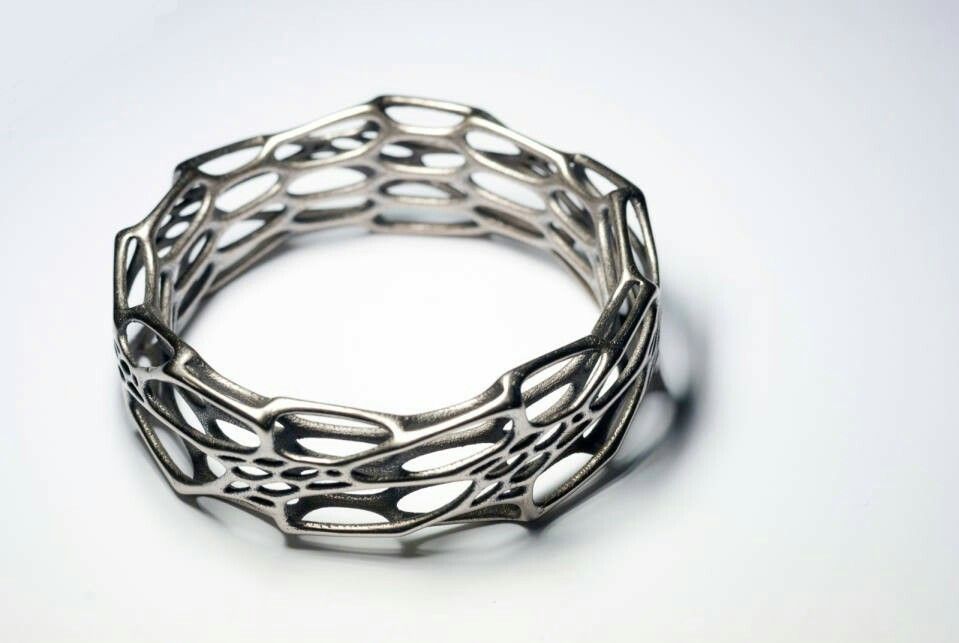 DLP printers illuminate the entire work area at once, so they greatly outperform SLA in print speed.
DLP printers illuminate the entire work area at once, so they greatly outperform SLA in print speed.
How a DLP Printer Works
Today it is one of the most affordable photopolymer 3D printing technologies. In terms of cost, LCD printers have caught up with the price level of amateur FDM. DLP printers are much more expensive due to the use of an expensive projector as a UV source. nine0003
The projector is of course more expensive, but more durable, on the other hand, the LCD display is not so expensive and can be easily seen, unlike the projector. What to choose each user decides for himself.
Pros and cons.
pros
Minuses
Print examples
Comparison between 3D printed master model and molded part
nine0021
Burnout resin model and finished product
Demonstration of products cast with burnout resin
Rating of printers.
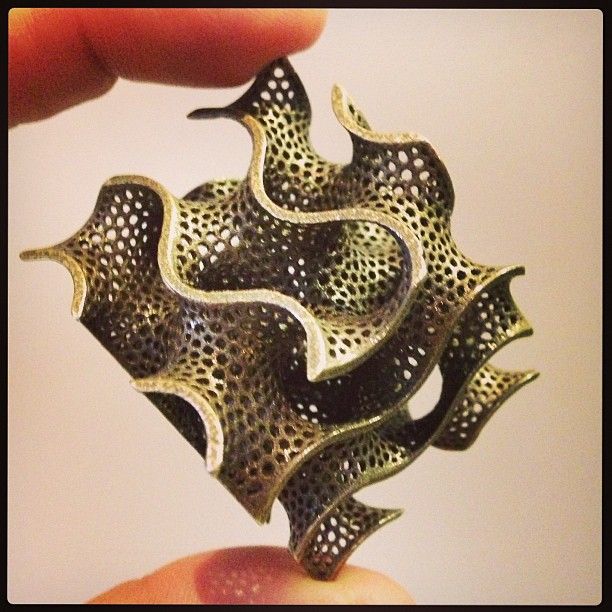
The print accuracy of LCD printers depends on the pixel size, so you should pay attention to this parameter when choosing a printer.
Anycubic Photon Mono
Anycubic Photon Mono
Specifications:
LCD display resolution: 2560x1620 (2K)
XY Positioning Accuracy: 0.051mm
UV wavelength: 405 nm
Working area size: 130x80x165 mm
Layer thickness: 0.01-0.15mm
The Anycubic Photon Mono is an inexpensive LCD machine ideal for hobby printing. The monochrome display allows you to reduce the exposure time and speed up printing. nine0003
Phrozen Sonic 4K
Phrozen Sonic 4K
Specifications:
LCD resolution: 6.1" 4K Mono LCD
XY positioning accuracy: 35 microns
UV wavelength: 405 nm
Working area size: 134x75x200 mm
Layer thickness: 0.01-0. 30mm
30mm
Phrozen Sonic 4K is specifically designed for use in the dental and jewelry industry. Despite its compact size, the printer is not inferior to professional machines in accuracy, and the exposure time of one layer is only a few seconds. nine0003
Phrozen Sonic Mighty 4K
Phrozen Sonic Mighty 4K
Specifications:
LCD resolution: 9.3" 4K Mono LCD
XY positioning accuracy: 52 microns
UV wavelength: 405 nm
Working area size: 200x125x220 mm
Layer thickness: 0.01-0.3mm nine0003
Phrozen Sonic Mighty 4K is a professional device with a large print area. This allows you to quickly produce small batches of models.
Phrozen Sonic XL 4K
Phrozen Sonic XL 4K
Specifications:
LCD resolution: 8.9" 4K Mono-LCD
XY positioning accuracy: 50 microns
UV wavelength: 405 nm
Working area size: 190x120x200 mm
Layer thickness: 0.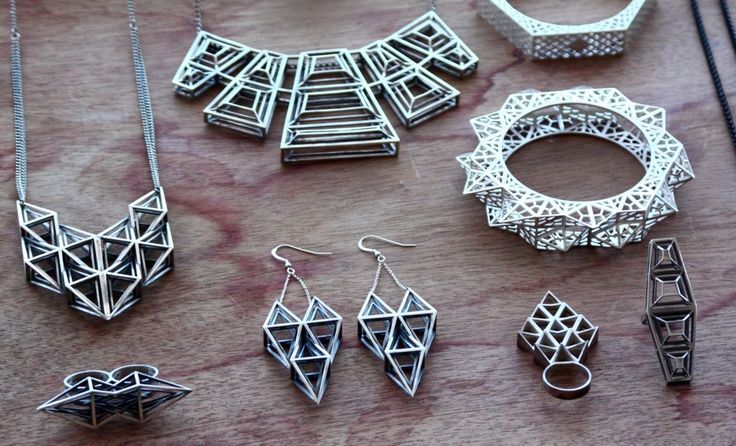 01-0.3mm
01-0.3mm
The Phrozen Sonic XL 4K is a professional machine with a large print area and a high resolution monochrome LCD display. This allows you to quickly produce batches of products with high accuracy.
Peopoly Phenom XXL
Peopoly Phenom XXL
Specifications:
LCD display resolution: 3840x2160 (23.8", 16:9, UHD 4K)
XY positioning accuracy: 137 µm
UV wavelength: 405 nm
Working area size: 527x296x550 mm
Layer thickness: 0.01-0.3mm
The Peopoly Phenom XXL is a device with a huge build area, which is ideal for serial production of not only jewelry. nine0003
Phrozen Sonic MEGA 8K
Phrozen Sonic MEGA 8K
Specifications:
LCD resolution: 15" 8K Mono LCD
XY Positioning Accuracy: 43 µm
UV wavelength: 405 nm
Working area size: 330 x 185 x 400 mm
Layer thickness: 0.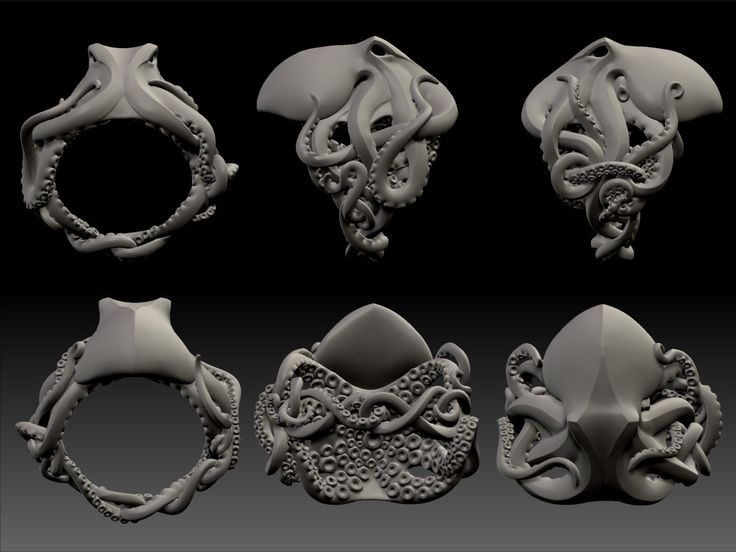 01-0.3mm
01-0.3mm
This is the first LCD printer with 8k monochrome matrix resolution, and a huge working area allows you to produce large batches of products in one print.
MJM/MJP
MJM (or similar PolyJet technology) is a technology for layering photopolymer or wax through many fine nozzles. Typically, the print head is located from 96 to 448, depending on the printer model.
If a photopolymer is used as a material, it is immediately cured by a UV lamp, which is located on the printer's head. nine0003
How the MJM printer works
In addition to photopolymer, MJM 3D printers can use wax as a material for printing.
MJM printers can print multiple materials at the same time. This allows you to print complex models with soluble or investment supports. This makes it possible to produce complex models with a smooth surface quickly and easily.
Pros and cons
pros
-
Ability to print multiple materials at the same time.
 This means that another, soluble material can be used as a support. This allows you to save a lot of time on removing the support from the finished model and cleaning up the places where the supports come into contact with the print.
This means that another, soluble material can be used as a support. This allows you to save a lot of time on removing the support from the finished model and cleaning up the places where the supports come into contact with the print.
Minuses
-
To install the printer, most likely, you will need a separate room. 3D printers based on MJM technology are quite bulky in their dimensions, this is not a device that can simply be placed on a desktop or nightstand. nine0003
Print examples
Seal of a lot of stencils
Ring printed with wax
Master models made on MJM printer
Lot of jewelry stencils for further casting nine0003
Printer rating
FlashForge WaxJet 410
FlashForge WaxJet 410
Specifications:
Materials: Wax, support material.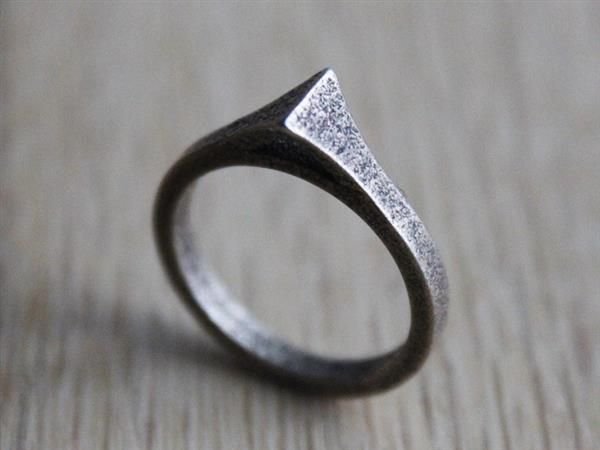
Resolution: 1200*1200*1600
Building area size: 289*218*150mm
Layer thickness: 16 microns nine0003
Accuracy: ±0.04mm / 20mm
The FlashForge WaxJet 410 is an industrial machine designed for serial printing of wax models, which will then be cast from metal. Machines of this class can be useful not only in jewelry production, but also in the dental industry, aerospace, mechanical engineering, prototyping, etc.
Totals
Photopolymer 3D printers are no longer inferior in detail to professional milling machines. The main advantage of a 3D printer is the ability to produce models of complex geometry with many internal cavities that are physically impossible to produce on a router. nine0003
Large firms will appreciate the flexibility that allows them to quickly adapt to customer requirements, as well as quickly produce large and small batches of products due to the shortening of the production chain.
And for a small workshop, a small photopolymer printer with a can of burn-out resin can be a good help, eliminating the need to purchase some expensive machines.
Jewelry 3D Printing Ideas
The technology of photopolymer 3D printing is rapidly improving and is increasingly being used in the jewelry industry. 3D printing in jewelry is no longer a rumor, but an established reality. Rings, bracelets, brooches, earrings of the most unusual shapes can be printed on a “magic” 3D printer and then cast from metal.
All you have to do is choose a 3D printable file online or create your own 3D model using a 3D jewelry design software like 3Design, MatrixGold, etc. The file is then “cut” into layers in a special slicer program, appropriate settings are selected on the 3D printer and printing is started. nine0003
You can read more about the technology, comparing it with traditional manufacturing methods, and application examples on our blog in the Jewelry Making section.
Examples of unique jewelry that can be created with resin 3D printing:
3D printed skull ring
Skull rings are a common fashion accessory.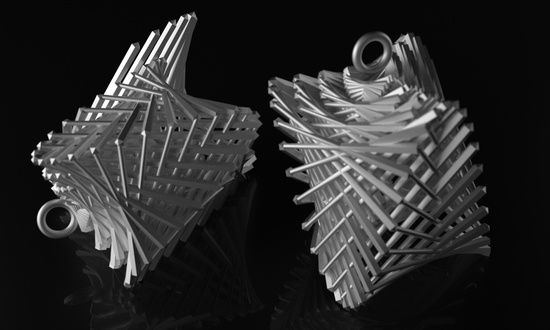 They are worn by both men and women, regardless of style and occupation. The symbol of the skull, as the infinity of life and wisdom of the ancestors, is one of the most common and ancient in the history of mankind. Traditional jewelry making methods require long and painstaking processing of small and intricate details of the ring. A 3D printer will print it out for you, like Phrozen Sonic Mini 4K or Phrozen Sonic Mini 8K. nine0003
They are worn by both men and women, regardless of style and occupation. The symbol of the skull, as the infinity of life and wisdom of the ancestors, is one of the most common and ancient in the history of mankind. Traditional jewelry making methods require long and painstaking processing of small and intricate details of the ring. A 3D printer will print it out for you, like Phrozen Sonic Mini 4K or Phrozen Sonic Mini 8K. nine0003
3D printed flower ring
A flower ring is something that almost every girl wants to have in her collection. For many of them, this is a must-have accessory. Flowers come in different sizes and styles, small and large, thin and graceful, or, conversely, massive.
For 3D printing, you can use model or burnout resin. According to the burnt-out model, in the future, you can cast a metal decoration. The range of resins is very large, there are high resolution 4K and 8K resins for creating highly detailed models. Models shown are in Phrozen Wax-like Castable Violet. nine0003
nine0003
3D printed anchor
Anchor pendant is an incredible piece of jewelry inspired by the sea. It has a special meaning for people close to the sea. The anchor is a symbol of hope, stability and confidence in the future. It is associated with a ship that has landed on its native shore.
3D printed tiger pendant
According to Chinese astrology, this year is the Year of the Tiger! This means that people all over the world will wear tiger-themed jewelry. nine0003
3D printed bouquet brooch
A brooch-bouquet is another fashionable decoration. Just look how delicate this brooch is. 3D printing did an excellent job with her intricate details.
Conclusion
With 3D printing, you can create an unlimited number of designer jewelry. You can create a one-of-a-kind unique decoration. The detail is amazing. At the same time, jewelry 3D printing definitely increases the production capacity of the enterprise.




